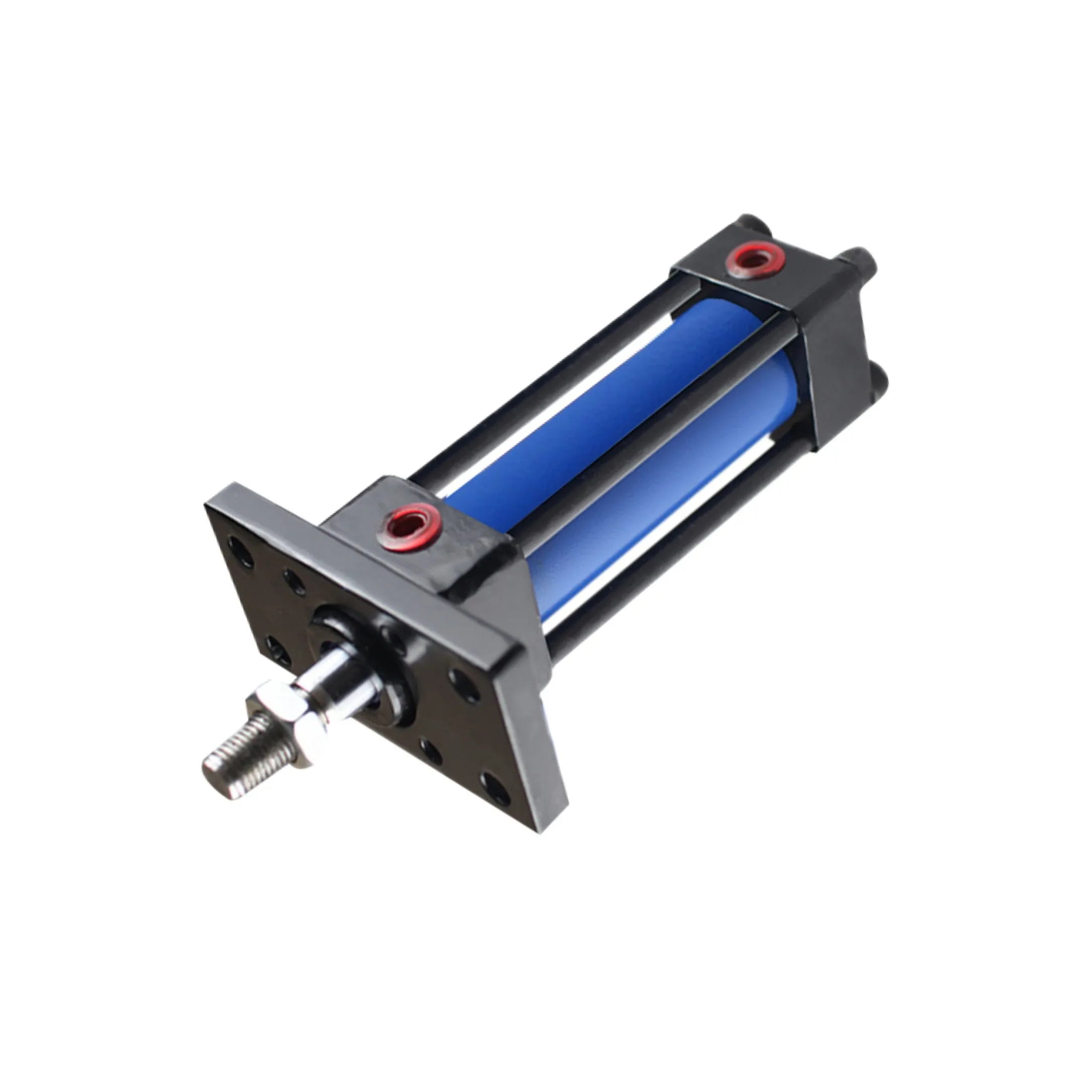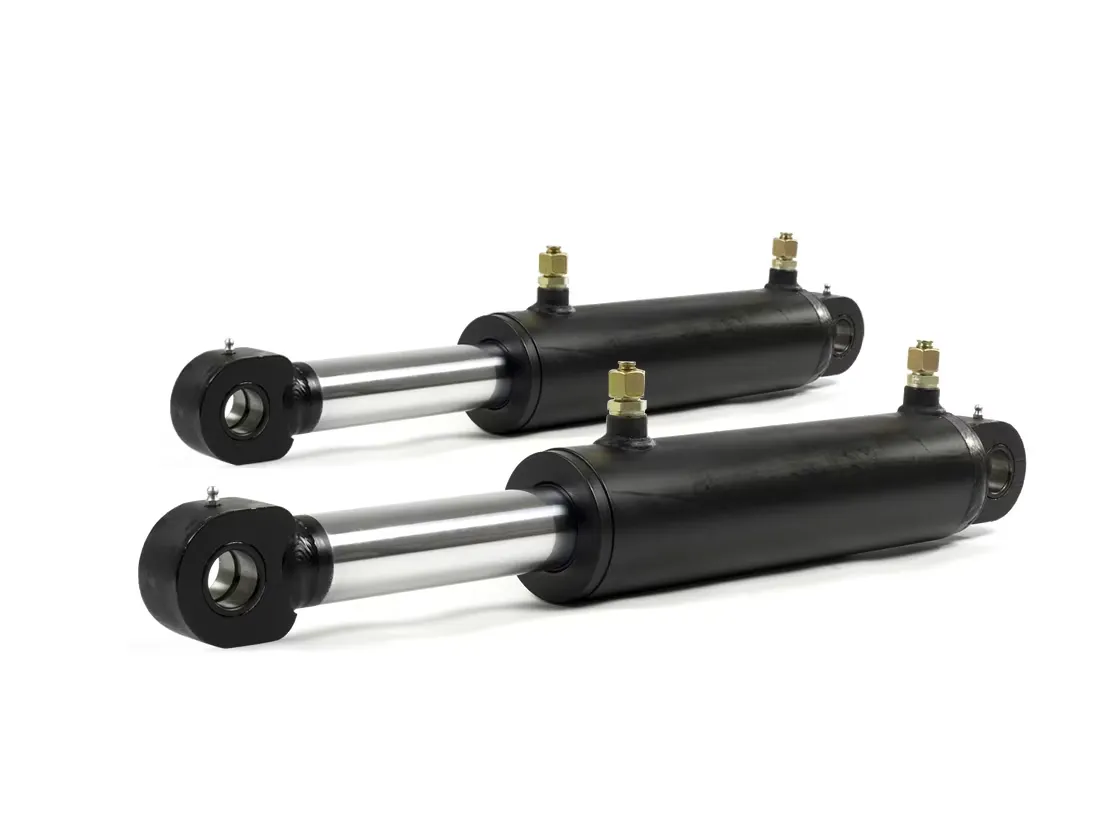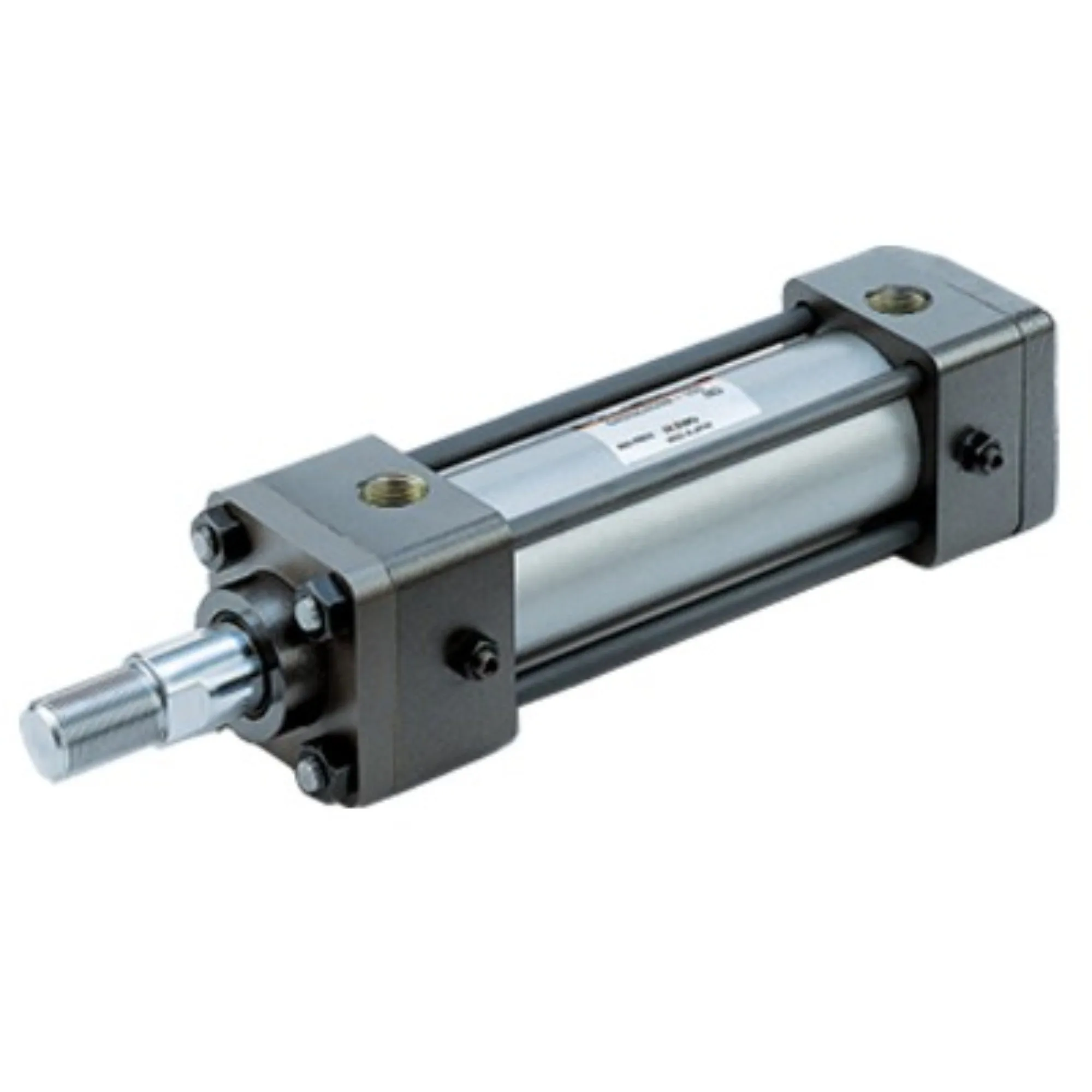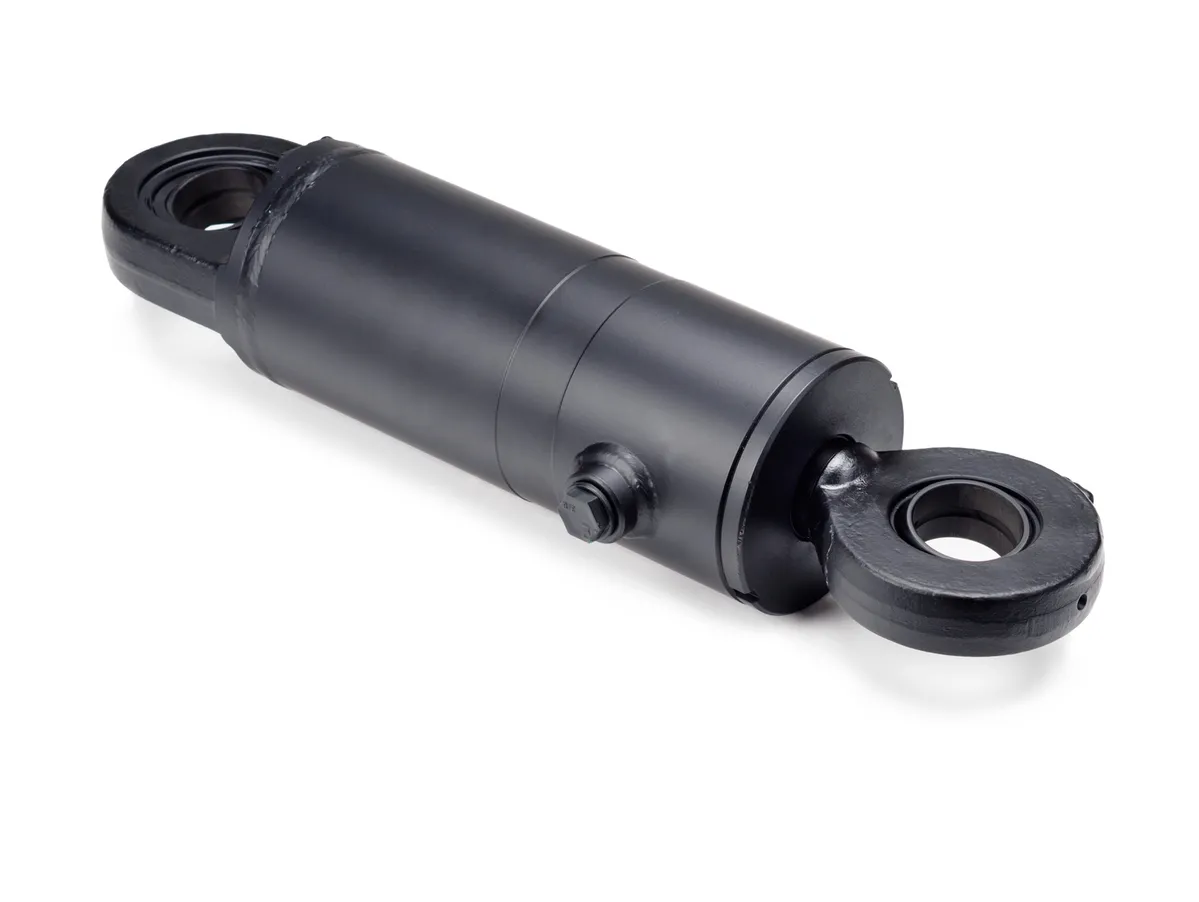
Exploring the Spring-Return Single-Acting Hydraulic Cylinder in Precision Machining
Introduction to the Spring-Return Single-Acting Hydraulic Cylinder
In precision machining, the spring-return single-acting hydraulic cylinder plays a crucial role. This hydraulic cylinder utilizes hydraulic oil to expand the piston, providing the necessary force for precision operations. When the hydraulic pressure is released, the built-in spring automatically retracts the piston, ensuring efficient and reliable performance.
Design and Construction Characteristics
- Single-Acting Structure: The hydraulic oil pressure operates the cylinder in one direction, while the return movement relies on the built-in spring.
- Spring Selection: Choosing the appropriate spring is essential to ensure quick and complete piston reset after pressure release.
- Sealing Design: High-quality seals are utilized to prevent oil leakage and maintain system efficiency and safety.
- Strength and Durability: Materials such as high-strength steel are selected to withstand high pressure and impacts.
Construction and Assembly Process
The assembly process of the spring-return single-acting hydraulic cylinder requires precise component alignment, especially the piston and cylinder block, to minimize friction and wear. Strong welding and mechanical connections are crucial to prevent oil leakage under pressure. Comprehensive testing and debugging ensure optimal performance in real-world applications.
Working Principle
When hydraulic oil enters the cylinder, it pushes the piston outward to perform work. Upon pressure release, the spring mechanism retracts the piston to its initial position, completing the operation cycle effectively.
Types and Configurations
There are three main types of spring-return single-acting hydraulic cylinders, each with specific configurations tailored for various applications. These cylinders offer flexibility, simplicity, and cost-effectiveness compared to double-acting cylinders, making them ideal for a wide range of uses.
Key Benefits
- Safety: Automatic reset reduces the risk of accidents and enhances operational safety.
- Simplicity: Easy-to-understand design minimizes points of failure and simplifies maintenance.
- Cost-Effectiveness: Economical solutions suitable for diverse applications.
- Flexible Operation: Strong adaptability for one-way thrust and simple reset needs.
Application Scenarios
Spring-return single-acting hydraulic cylinders find applications in industrial machinery, construction equipment, agricultural machinery, automotive maintenance, and packaging and handling systems. These cylinders enhance efficiency, safety, and control in various operational settings.
Design Considerations and Selection Criteria
Key design considerations include bearing capacity, sealing, durability, safety, and maintainability. These factors ensure optimal performance and longevity of the hydraulic cylinder in precision machining applications.
Sealing and Lubrication
Effective sealing using high-quality materials and regular lubrication maintenance are essential for the longevity and performance of spring-return single-acting hydraulic cylinders. Proper surface treatment and hydraulic oil application enhance wear resistance and operational efficiency.
Regular Inspection and Maintenance
Implementing regular inspection and preventive maintenance measures ensures the optimal functionality and safety of the hydraulic cylinder. Timely replacement of worn seals and components, along with lubrication checks, are critical for long-term performance.
Correct Installation Guide

Proper installation is key to the efficient operation of the spring-return single-acting hydraulic cylinder. Following the correct installation procedures, including alignment and mounting, guarantees reliable performance and longevity.
Common Maintenance Tasks
Regular inspection, proper lubrication, seal replacement, and calibration checks are essential maintenance tasks for the spring-return single-acting hydraulic cylinder. By following these tasks diligently, operators can maximize the cylinder’s lifespan and efficiency.
Safety Considerations and Environmental Factors
Emphasizing safety measures and considering environmental factors are crucial when working with hydraulic cylinders. Ensuring proper operation and maintenance practices reduce risks and promote a safe working environment.
Fault Diagnosis and Common Problems

Understanding common faults and problems that may arise with spring-return single-acting hydraulic cylinders enables quick diagnosis and effective solutions. Implementing preventive measures minimizes downtime and enhances operational efficiency.
Unit Power Influencing Factors
Hydraulic system pressure, piston area, and spring characteristics significantly influence the unit power of the spring-return single-acting hydraulic cylinder. Optimizing these factors enhances efficiency, power output, and overall performance.
Advantages of Optimizing Power Unit
Optimizing the power unit of the hydraulic cylinder brings benefits such as improved efficiency, energy savings, and enhanced reliability. By fine-tuning power management, operators can maximize productivity and reduce operating costs.
Key Questions
1. How does the spring mechanism work in a spring-return single-acting hydraulic cylinder?
2. What are the main applications of spring-return single-acting hydraulic cylinders?

3. What are the advantages of using a spring-return design in hydraulic cylinders?
Long-Tail Keywords
1. Precision performance of spring-return single-acting hydraulic cylinder
2. Efficiency enhancement in precision machining with hydraulic cylinders
3. Superior reliability of spring-return single-acting hydraulic cylinder in industrial applications
Our Company
We are a leading hydraulic cylinder replacement manufacturer with a comprehensive product line catering to domestic and international markets. Our company specializes in professional manufacturing, international certifications, customized services, advanced production equipment, and top-notch after-sales support.
Author: lyl
